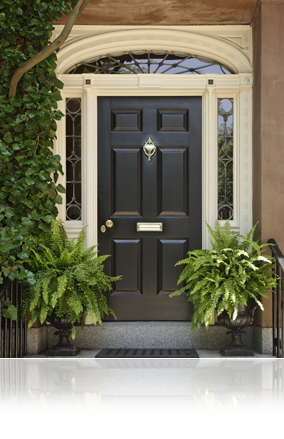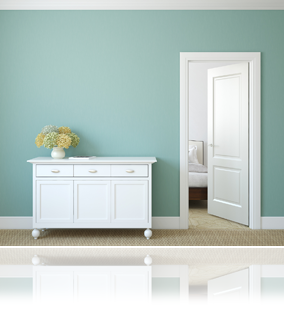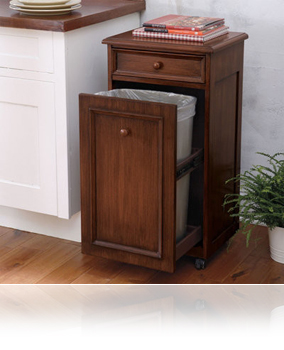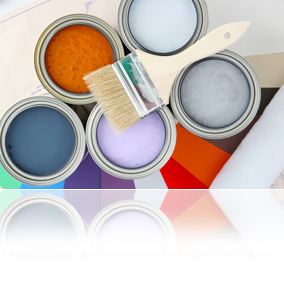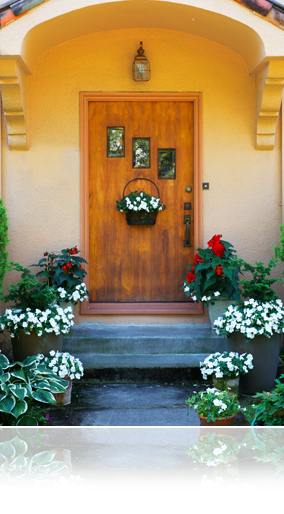
When you put your property up for sale, you want to make sure that potential buyers get all the information they need on the features of your home and its surrounding area. If, for example, a buyer doesn’t realize there is a great school just a couple of blocks away, he might cross your property off his shortlist. An effective way to make sure something like that doesn’t happen is to create three lists.
1: The “I’ll miss it” list.
Chances are, there are things about your home that you’re really going to miss when you move. It may be the spacious living room, ideal for entertaining. Or the nearby park with scenic trails, perfect for walking and biking. Or the large deck that has just the right combination of shade and sun to make spending time on it pleasant.
Whatever you’ll miss put it on the list! Chances are, those are features that will also interest buyers.
#2: The “Just the facts” list.
What are the facts about your property that a buyer needs to know in order to consider purchasing it? This may be a very long list including such items as total square footage, number of bedrooms, number of bathrooms, property taxes, size of yard, and more. This list should also include special features such as finished basement, upgraded kitchen features, and local golf course.
#3: The “repairs and improvements” list.
Buyers are interested in the state of repair of your home, and in any improvements you have made to it. On this list, include all repairs you have done during the past three years and, if possible, attach receipts. It’s especially important to include anything that has been replaced, such as a furnace or roof shingles.
If you’ve done any major remodelling or renovations, include the details on those too.
